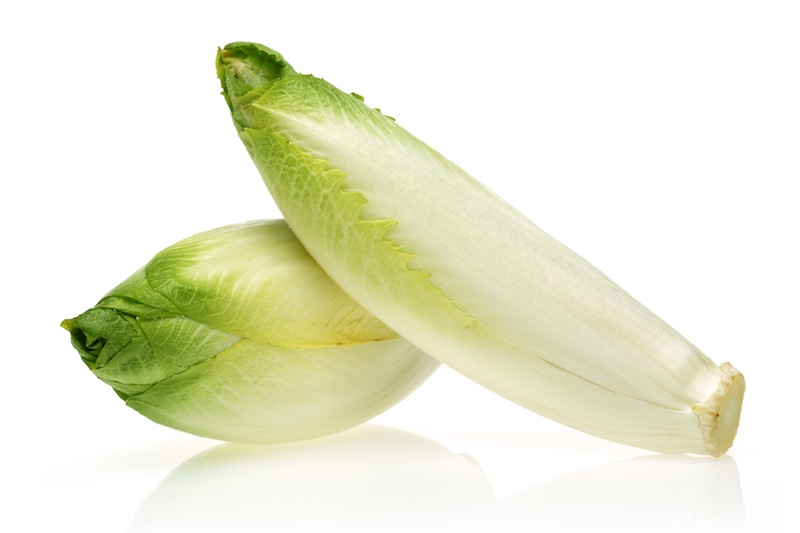Endives and Chicory
Endives and Chicories ... as I researched and read, I noted the variations in the description and, categorization of these two wonderful vegetables or, shall I say "family" of vegetables. It can get confusing. ;-(
From my research:
- some authors describes some endives as chicories and some chicories as endives ...
- Then there are some which look like cabbage but are not cabbage;
- Some looks like
lettuce but are not lettuce.
- And some named as "endives" but really is a chicory (like Belgian Endives)
- ...and some (mistakenly) called chicory while it's really an endive (such as, Curly endives)
To add to the variation, some form "tight heads" (like Belgian Endives and Radicchio) while others are loose leaves.
And then there is the leaves differentiation; leaves can be:
- serrated (or lanceolated) leaves
- broad (and flat) leaves
- curly leaves
And there is more ... the variation in colors:
- Green
- Red
- Yellow
- Brown
And, let's not forget the "blanched" versions, where they are forcibly put through some "artificial" ways of cultivation to create a whiter version of the plant (such as Belgian Endives). These blanched versions are less bitter and can be sweeter, too.
Both endives and chicories, come from the Daisy Family (that's one reason why their flowers are awesome!) but related to Cabbage Family.
Hence, I wasn't sure how to begin to summarize my findings ... Thankfully, I came across a few expert authors who seems to be in some sort of agreement as to their categorizations and descriptions ... so I shall adopt these, which I feel makes more sense (to me, anyway ... and hopefully it will come across, as more sensible as well) ...
In any case, this site is more about the health benefits, or more specifically the antioxidant health benefits of these vegetables. The descriptions of the varieties are really to enable identification of these wonderful vegetables should folks want to try these out ... that's where the pictures will be helpful ... regardless of whether they are endives or chicories ... as both are wonderfully loaded with antioxidants and other nutrients.
I am fascinated but the vast variations they have between them.
Now, let me begin to attempt to summarize ...
Let's start with similarities ... (yes, they have similarities)
Similarities between Endives and Chicories
- there is an agreement that both endives and chicory
are from the "Chicorium" family, although of different variety - endives
are from the Chicorium endivia family, whereas chicories are from the Chicorium intybus family.
- both are from the daisy family (believe it or not!)
- there is agreement (amongst the various authors) that both endives and chicories have bitter taste, at different degrees of bitterness, and even within their respective families, the degree of bitterness can differ, too.
Now, their respective "stories" ...
Endives (Chicorium Endivia)
2 main varieties:
- Escarole (broad leaves variety)
> other names include :
o broad-leaved endive
o Bavarian endive
o Batavian endive
o grumolo
o scarola
o scarole
o chicorée frisée (in France ... not to be confused with
frisée which is a dish - greens wilted (similar to stir frying) in oil)
> sometimes (mistakenly) referred to as chicory in United States.
- Frisée or Curly Endives (curly leaves variety)
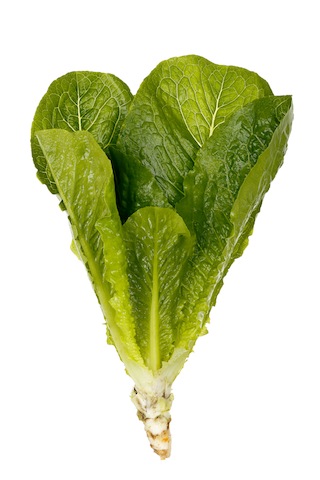 Endives Escarole (Broad Leaves)
Endives Escarole (Broad Leaves)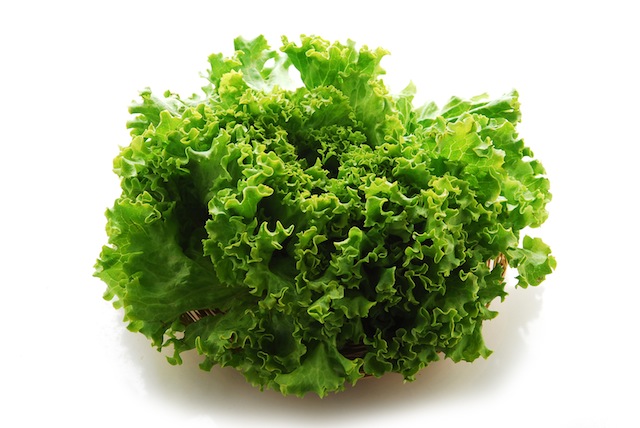 Curly Leaves Endives
Curly Leaves EndivesChicories (Chicorium Intybus)
Varieties:
- Wild variety that are still found in Europe and in North America (brought over from Europe)
- Cultivated varieties, such as:
> Belgian Endives
> Radicchio
> Sugarloaf
> Catalogna Chicory (also known as puntarelle)
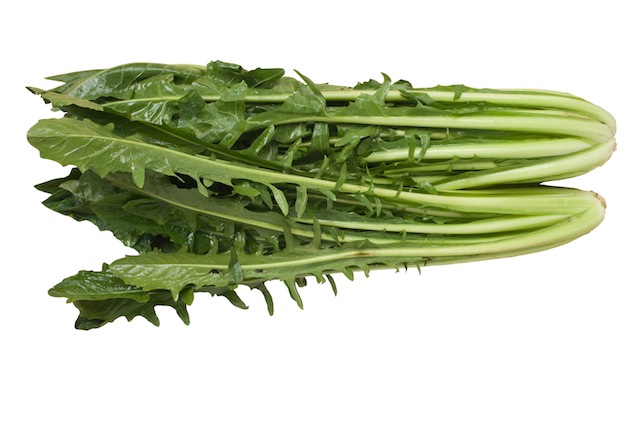 Chicory Catlogna Chicory Catlogna |
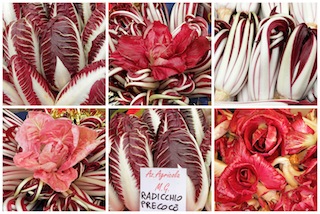 Chicory Radicchio (Variety) Chicory Radicchio (Variety) |
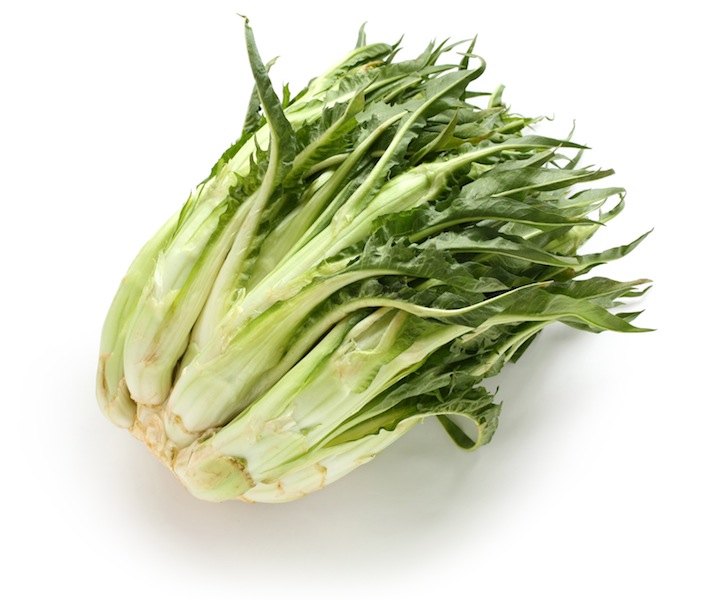 Chicory Puntarelle Chicory Puntarelle |
Endives' and Chicories' Main Nutrients
Endives
- Antioxidant: Vitamin (C,K). Zinc
- Other: Vitamin (A, C, K), Folate, Calcium, Irom, Potassium, Manganese, Omega 3 and 6, Copper, Zinc, Dietary Fiber, Water
Chicory
- Antioxidant: Vitamin (C,K). Zinc
- Other: Vitamin (A,B, C, K), Folate, Omega 3 and 6, Copper, Zinc, Dietary Fiber, Water
Interesting stuff on Endives and Chicories
Native of:
- Mediterranean
Now Found\Grown in:
- Europe, North America, Australia, New Zealand
California, US is the biggest produce of red Belgian Endives.
Chicory roots are used as coffee substitutes and additives - (still) widely used in the Mediterranean regions of Europe, Southern States of United States and in India.
Chicory, due to its high protein and fat contents, and low fiber for easier digestion, have over the years been developed into forage (food) for farm animals. It started with the use of the roots only (as the humans consumed the leaves) but development over the years lead to using the whole plant (leaves and roots) as forage. Most of these developments are done in New Zealand and the resultant products are now used in many animal farming countries.
Examples of Health Benefits of Endives and Chicories
Chicories uses:
- as poison for internal parasites
- treatment for gallstones
- treatment for gastro issues
- treatment for sinus
- treatment for cut and bruises
Do you have a PASSION you want to share with the world??? What better exposure than the INTERNET?!!!
Want to consider?
Well, you will need a place to "host" (place) your site, then the tools to build, run as well as track the performance of your Masterpiece!
OR, if you already have a site, but find that you are paying too much for tools and apps to run and track your site ...
Here's an All-in-One Solution for you! Hosting, as well as Tools to build, run and track!
